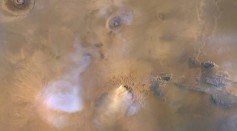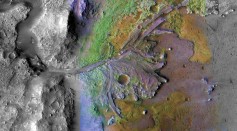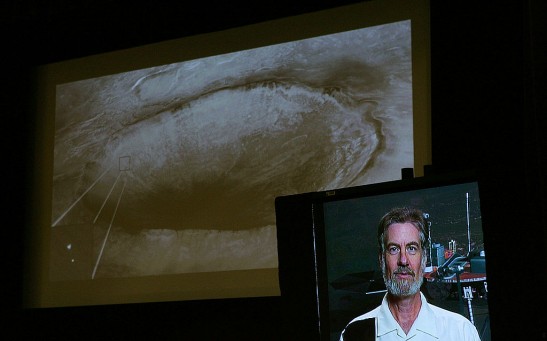Mars Reconnaissance Orbiter

Martian Dust Storms and Dust Towers May Have Been the Reason Behind The Disappearance of Water in the Planet

Jezero Crater Hosts Rich Amounts of Hydrated Silica—a Mineral Perfect for Preserving Biosignatures
Beagle 2 Discovered Intact on Mars Surface
Organics on Mars—Could Life Be Sustained on Red Planet?
NASA Finds Mars Craters May Have Once Been Seasonal Lakes
Next Stop for Curiosity Rover? Lava Mound May Hold Answers to Ancient Martian Lava Flows
Future Mars Missions Threatened by Cosmic Radiation
Watch: NASA Moves Martian Orbiters to Avoid Comet Siding Spring
NASA’s Spacecrafts ‘Duck And Cover’ Behind Mars as Comet Passes Through
Most Popular

How Technology Is Changing the Real Estate Industry?

AI Revolution in Medical Education: Transforming How Healthcare Professionals Learn

Zombie Star Set to Light Up Night Sky: Blaze Star Could Erupt Soon

Nikolay Karpenko Biography, Photo, Career, Accomplishments






